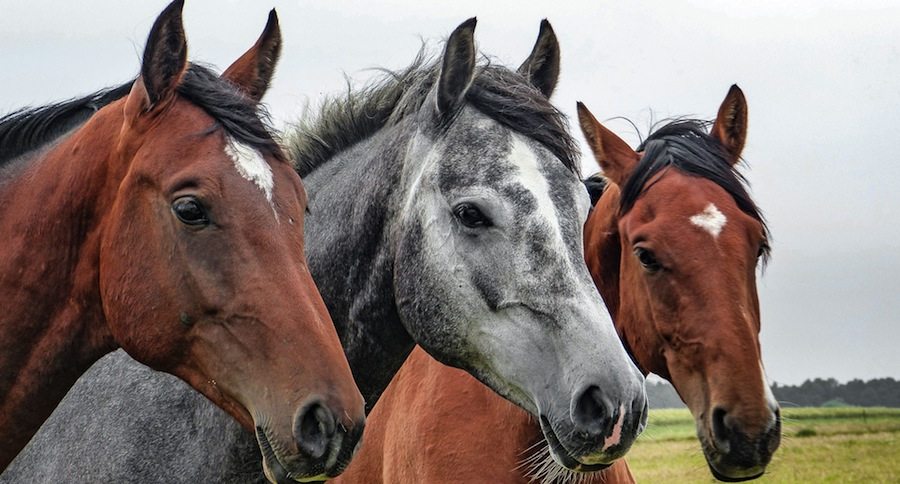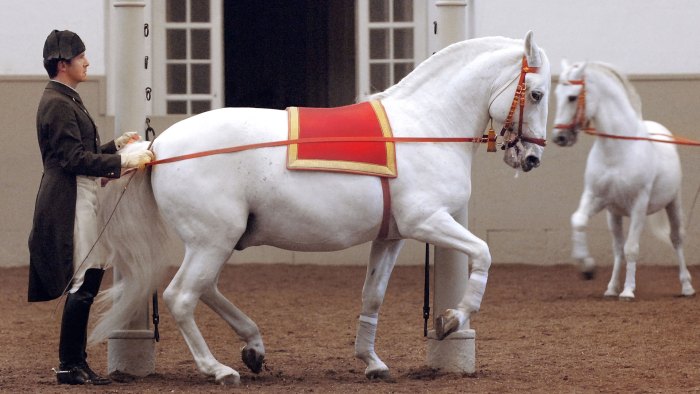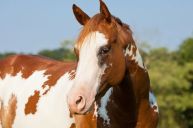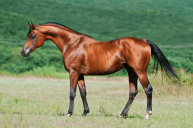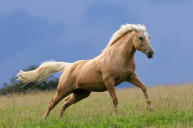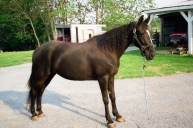The horse industry is full of myths; here are five of them, debunked.
When it comes to horses, there is no shortage of myths, lore, and home remedies, both among equestrians and non-equestrians alike. Some of these stand the test of time, some have been disproven in recent years, and some have been so misinterpreted and taken out of context that it's actually laughable.
Here are five common horse myths that are definitely not true.
1. Horses can't see color.
Horses see color, they just see it differently than we do. Humans have three different types of retinal cells which allow them to see four basic unique hues (blue, green, red, and yellow), and about a hundred intermediate colors that are blends of these four unique colors.
Horses, however, have two-color, or dichromatic vision. This means that they have only two unique hues (thought to be blue and yellow), and no intermediate colors. Objects of other colors either appear as white/grey or a desaturated version of one of the basic hues.
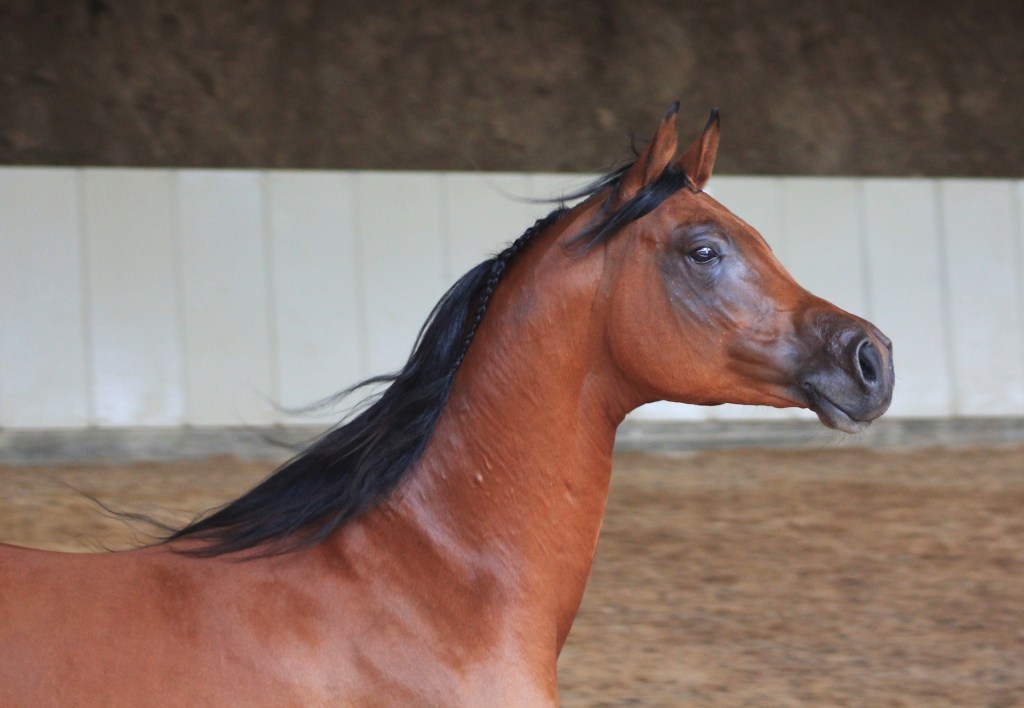
2. Hot and cold-blooded horse have a difference in body temperature.
Like all mammals, horses are warm-blooded, so the informal terms hot-blooded and cold-blooded are not descriptions of a horse's internal body temperature at all, but of their personality and body type.
Light horse breeds meant for riding, like Arabians and Thoroughbreds, are referred to as hot-blooded, and are usually more spirited and energetic, while draft breeds meant for heavy pulling, like Percherons, Clydesdales, and Belgians, are referred to as cold-blooded and known for their calm temperaments.
3. Horses only sleep standing up.
I've always been curious about this one! Horses can sleep standing up, and they often do, but occasionally they need to sleep lying down in order to get the proper amount of REM sleep. Since horses only lay down when they are very comfortable in their surroundings, it's a good thing they don't need as much REM sleep as humans.
4. You should never walk or stand behind a horse.
https://www.instagram.com/p/BrvUag3FbHh/
While this is good basic advice for new riders, it might be the most inaccurate blanket statement ever made. There are many reasons to walk or stand behind a horse, and if done correctly, it poses no more threat than any other interaction with these thousand-pound creatures.
If you're braiding a horse's tail or ground driving or working a horse in long lines, you will have to stand or walk behind your horse. And, when it comes to horses that like to bite, if done correctly sometimes walking behind them is safer than walking in front of them!
5. You should never let a colicking horse lay down.
https://www.instagram.com/p/BvzwfjYBzmP/
This age-old advice has been proven false in recent years. Today's veterinarians agree that as long as the horse is laying quietly, he can be left alone to rest. If he begins to roll violently it is still best to walk him, as rolling could cause the horse to injure himself, or go into shock faster. However, there is little chance that rolling will twist the intestines, as previously thought.
Horses have been our partners for thousands of years, so we've had time to create a lot of myths about them. Next time think twice before repeating an old equestrian platitude — it may not be as true as you think!
WATCH NOW: Endo the Blind Horse Is an Inspiration
